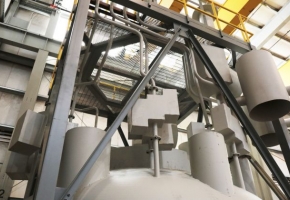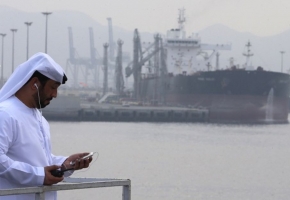Gulf Stream collapse would throw tropical monsoons into chaos for at least 100 years

Atlantic Ocean currents that carry heat to the Northern Hemisphere could be grinding to a halt due to climate change. And if the vital currents do slump, tropical monsoon systems would be thrown into chaos for at least a century, a new study suggests.
The Atlantic Meridional Overturning Circulation (AMOC) is a huge conveyor belt of ocean currents, including the Gulf Stream, that pumps heat and salt from the South Atlantic to the North Atlantic.
Global warming threatens the AMOC because it is melting glaciers and ice sheets, which then ooze fresh water into the North Atlantic. This dilutes the salinity of the top layers of water and prevents them from sinking to the bottom of the ocean, where they would normally drive the circulation back south.
An AMOC collapse is likely to trigger climatic changes around the globe, but the Northern Hemisphere and tropical monsoon regions are on the frontline. Researchers have long suspected that a weakening of the AMOC would disrupt tropical monsoon systems, but the new study gives a far more detailed picture of what's likely to come, she said.
Tropical monsoons occur in a narrow band of low-pressure atmospheric conditions that wraps around Earth near the equator. Trade winds from the Northern and Southern hemispheres flow into this band, which is known as the Inter-Tropical Convergence Zone (ITCZ), leading to heavy rainfall and thunderstorms during several months of the year.
Once the AMOC collapsed in the models, the researchers switched off the hosing simulation and observed the system for another 100 years. Despite the lack of freshwater input, tropical monsoons did not return to their original state, suggesting the effects of an AMOC collapse are irreversible for at least a century.
Source: Earth’s Future
Image: Kelly Cheng via Getty Images







